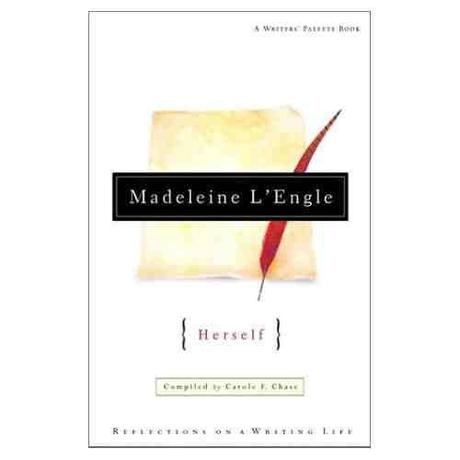
Art Names Us
God asked Adam to name all the animals, which was asking Adam to help in the creation of their wholeness. When we name each other, we are sharing in the joy and privilege of incarnation, and all great works of art are icons of Naming. When we look at a painting, or hear a symphony, or read a book, and feel more Named, then, for us, that work is a work of Christian art. But to look at a work of art and then to make a judgment as to whether or not it is art, and whether or not it is Christian, is presumptuous. It is something we cannot know in any conclusive way. We can know only if it speaks within our own hearts, and leads us to living more deeply with Christ in God.
At a certain point in college, I stopped reading so much Christian fiction. It’s not because I was going pagan or denouncing God. It was because most of the books that spoke to me in any profound, cosmic way about God and life were not sold as Christian fiction. They were books like Jane Eyre, To Kill A Mockingbird, Harry Potter, A Tree Grows in Brooklyn, and Uncle Tom’s Cabin. I felt guilty about this at first. I still very much liked reading Christian fiction books, but I had to be in a certain mood for them, I learned. Also, I began to wonder if it was really fair to label books as Christian fiction. I remember reading the book The Shack by William P. Young in high school and coming across a line where Jesus more or less denounces labels, even the label Christian. Emily had a big problem with that when I told her about it, and I still haven’t figured out how I feel about it, but in a way I can see why he wouldn’t have liked the label, or labels in general.
Labels can make life confusing. Labels can make you focus on one portion of what something or someone is about and less on who or what they truly are. I understand that labels have a place in marketing a product and selling it. Books like Twilight and The Hunger Games would not have been so popular if they had been labeled anything other than Young Adult fiction, and I understand that Christian fiction is labeled as such for people who are looking for a specific type of reading material. But, honestly, I feel more rewarded when I come across a book, say, in Fiction/Literature sections that say something to me about God and what people mean to Him. Also, and I really, really hate to say this, but sometimes I also feel as though books that speak about God and faith but are “labeled” as fiction/literature are better written, but maybe that is why they are marketed as fiction/literature and not as Christian fiction.
That is not to say I don’t think Christian fiction stories are good, because I do. Nicole Baart, Karen Kingsbury, Jennifer Erin Valent, and Ted Dekker write amazing works of Christian fiction. My thought is that Christian fiction is usually more grounded in the storytelling than it is in the prose. Nicole Baart is actually one author who wrote in Christian fiction for a while whose prose has always been more aligned with fiction/literature, which may be one reason why she’s published by Simon & Schuster these days, or at least why she’s a better fit with ABA rather than CBA. I sometimes wonder if her book, The Moment Between, which is a heartrending, yet beautifully told story about a woman mentally and spiritually unraveling after her sister’s suicide, would have sold more copies if it had been published under Simon & Schuster rather than Tyndale. She said herself that she felt as though her readers had been bamboozled by the topic, and I have to wonder if that wouldn’t have been an issue if the book had been published under an ABA publishing house.
What I ended up concluding in all of this thought about labels and book marketing is that books need to be marketed a certain way in order to sell, but it is my job as a reader to find what speaks to me, regardless of labels. Harry Potter, longtime trashed as pagan and controversial, are seven of my favorite books in the world. I cannot count on one hand how many times I made a correlation between Harry’s relationships with people in the wizarding world to my relationship with God, because it would take several hands to do so. I think what Madeleine is saying here is that no one can know 100% the intentions behind an artist’s creation; what matters is how it speaks to us. What matters isn’t how a piece of art is perceived to be, but what the text reveals to us on a personal, intimate level.
